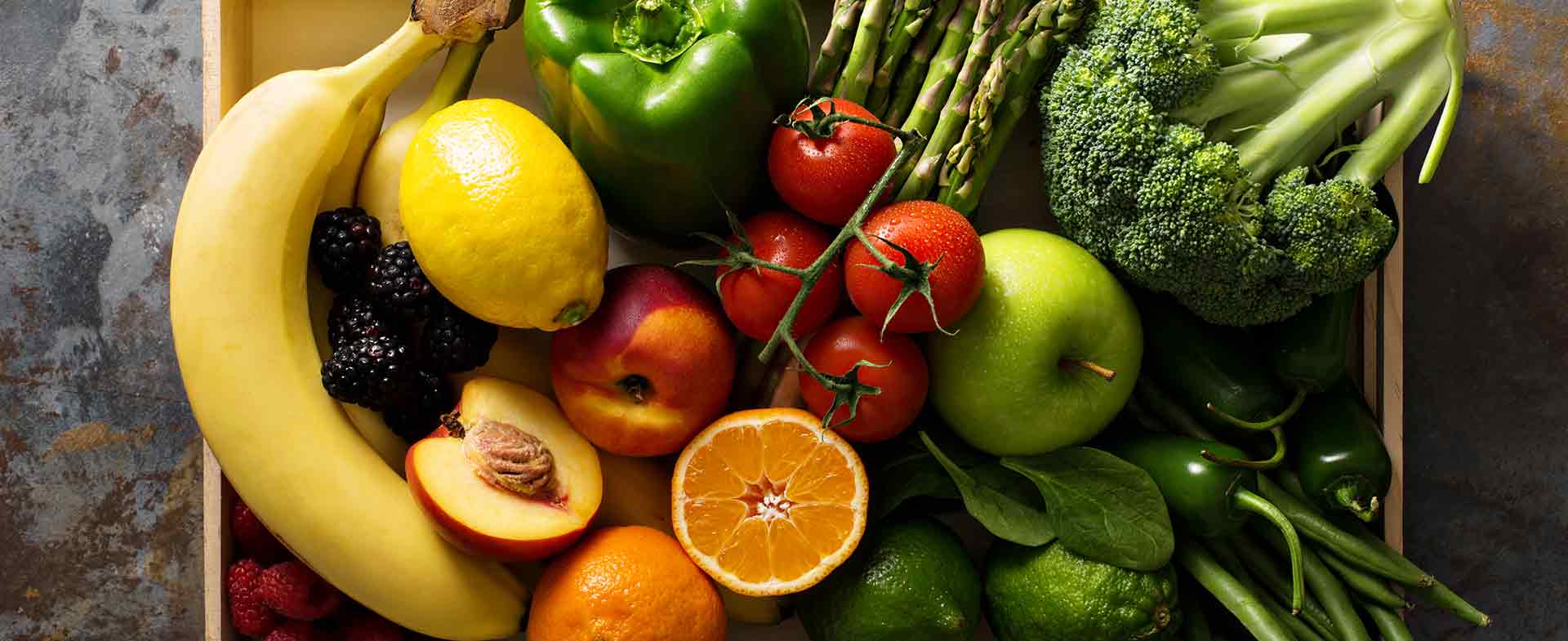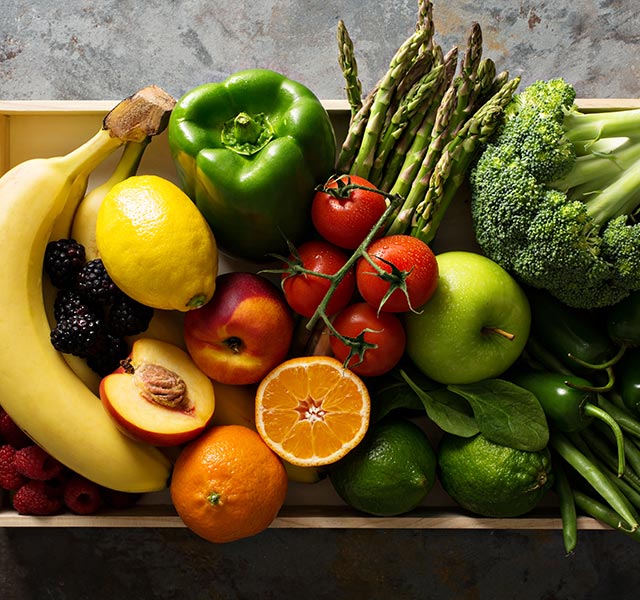Fiber is an important player in a well-rounded diet. But it’s no secret that we don’t eat enough of it. In fact, Americans tend to eat as little as half the recommended amount of dietary fiber. For adults under 50, the fiber recommendations are 30-38 grams for men and 21-25 grams for women. If you are older than 50, men should be getting 30 grams and women should be getting 21 grams.
Having a better understanding of all the benefits fiber has to offer is a good place to start when it comes to adding more into your diet. (Plus, eating more fiber might be easier than you’d think!)
Understanding Fiber Basics
Fiber is a plant material that is not digested or broken down by the body. These non-digestible qualities of fiber are some of the reasons it is so good for you. For example, fiber can help you to:
- Lower cholesterol levels
- Control blood sugar levels
- Maintain a healthy weight
- Feel full longer
- Lower your risk of heart disease and many cancers
- Regulate and promote healthy bowel movements
There are two different types of fiber – soluble and insoluble.
- Soluble fiber is fiber that can be dissolved in water. As it dissolves, it creates a gel that can help keep your cholesterol and blood sugar levels in check. Examples of foods high in soluble fiber include oats, apples, citrus fruit, beans and peas.
- Insoluble fiber is fiber that can’t dissolve in water. The bulkiness of these foods help promote movement throughout your digestive system so you can have more regular bowl movements. Some foods high in insoluble fiber: whole wheat, nuts and vegetables such as green beans and cauliflower.
How To Eat More Fiber
Fiber-rich foods are easy to incorporate into your diet. Just make sure to add more fiber slowly and drink plenty of water to avoid any digestive troubles. Use these eating tips to increase your fiber intake:
Fruits
Go for berries, apples, pears, citrus and bananas. Try eating whole fruit as a side dish or snack. Keep a fruit bowl of the counter so healthy snacks are always within reach. Craving dessert? Look for recipes that make fiber-rich fruit the star like banana ice cream or roasted pears with lemon cream.
Vegetables
Some high-fiber vegetable options include leafy greens like spinach and kale or cruciferous foods like cauliflower, broccoli and Brussels sprout. While greens make a great base for any salad, cruciferous veggies are perfect for roasting. Just make sure at least half your plate is full of non-starchy vegetable options.
Legumes
Adding beans, peas or lentils can take any dish to the next level. Pour a can of drained, rinsed beans in the next time you are making soup or top off a salad with roasted chickpeas. Looking to cook more vegetarian meals? Test out some of these recipes:
- Cauliflower Black Bean Tacos
- Vegan Madras Lentils
- Heart Smart Collard Greens With Black-Eyed Peas
- Black Bean Quinoa Burgers
Whole Grains
Think whole-wheat pasta, brown rice and oats. Make easy adjustments to your diet by starting your day off with whole-grain cereals or oatmeal instead of sugary alternatives (or try these whole-grain blueberry pancake muffins!). Swap out white breads and pastas for 100% whole wheat varieties.
Nuts and Seeds
Choose options such as chia seeds, sunflower seeds, pepitas, peanuts, almonds and walnuts. Nuts and nut butters make for a great snack that will tide you over until your next meal. They are high in calories, so watch the serving sizes. Top off soups, salads or side dishes with seeds for a boost of fiber in every bite.
To make an appointment with a registered dietitian, call 1-855-434-5483 or visit henryford.com/nutrition.
Bethany Thayer, MS, RDN, is the director of the Henry Ford Center for Health Promotion and Disease Prevention. Learn more about Bethany.



